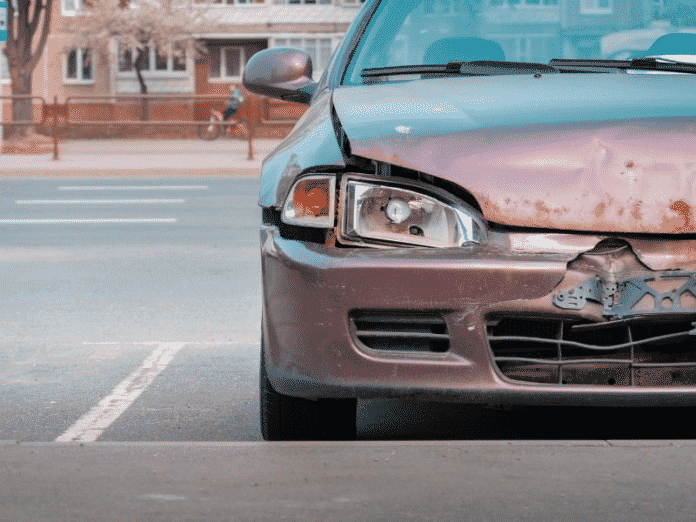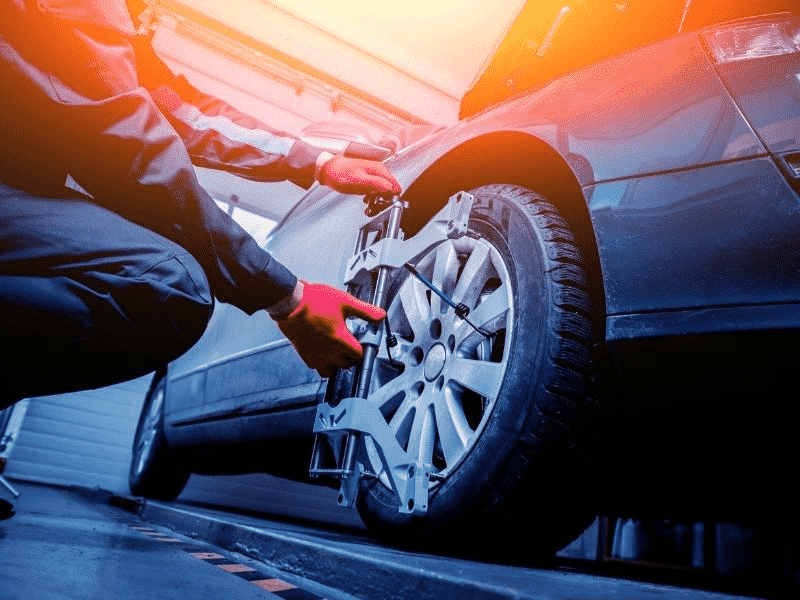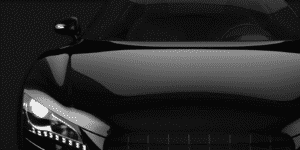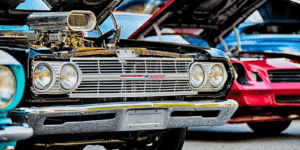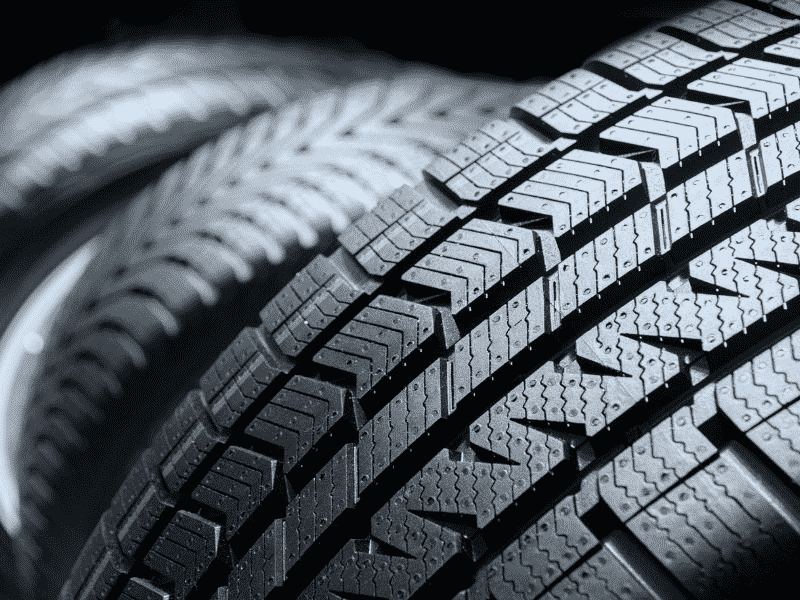3 common signs of wear on your older vehicle. It’s not unheard of for vehicles of any age to signal something is wrong. All cars, from beaters to luxury vehicles, have telltale signs when they are wearing. However, newer cars typically have features that make it easier to self-diagnose the issue. Older vehicles may not have the same intricate features, and you may struggle to understand the warnings that your car reveals. If you are unsure about your older car’s health status, here are three common signs of wear on your older vehicle.
3 Common Signs of Wear on Your Older Vehicle
Odd Noises
Squealing, chirping, and humming are untypical sounds that should not come from your vehicle. Although you probably don’t like to hear these sounds from your car, it is crucial that you do not ignore them. For your safety, you must act immediately. Odd noises can indicate several different problems, including worn or cold belts, worn brake systems, and worn wheel bearings.
- Chirping – Usually suggests problems such as worn or cold belts
- Squealing – Typically indicates issues with brake pads, rotors, and even calipers
- Humming – Generally a sign of bad wheel bearings
While the noise is likely apparent to everyone, you may still struggle to identify its cause. Be sure to listen closely to where the noise comes from to narrow down the possible diagnosis.
Warning Lights on Your Dashboard
It can be alarming when a warning light appears on your dashboard, but the warning may indicate a minimal issue. The main problem with warning lights is that they tend to be very unclear. For instance, the light suggests a malfunction but doesn’t identify precisely what the malfunction is, which can make the diagnosis more difficult.
The first step is to look through your owner’s manual for a section with pictures of each warning light and descriptions of what they mean. To find out what triggered the warning light, you may need to use a code reader. Most mechanics will have a code reader on hand, but you can also purchase one yourself at many auto-part retailers.
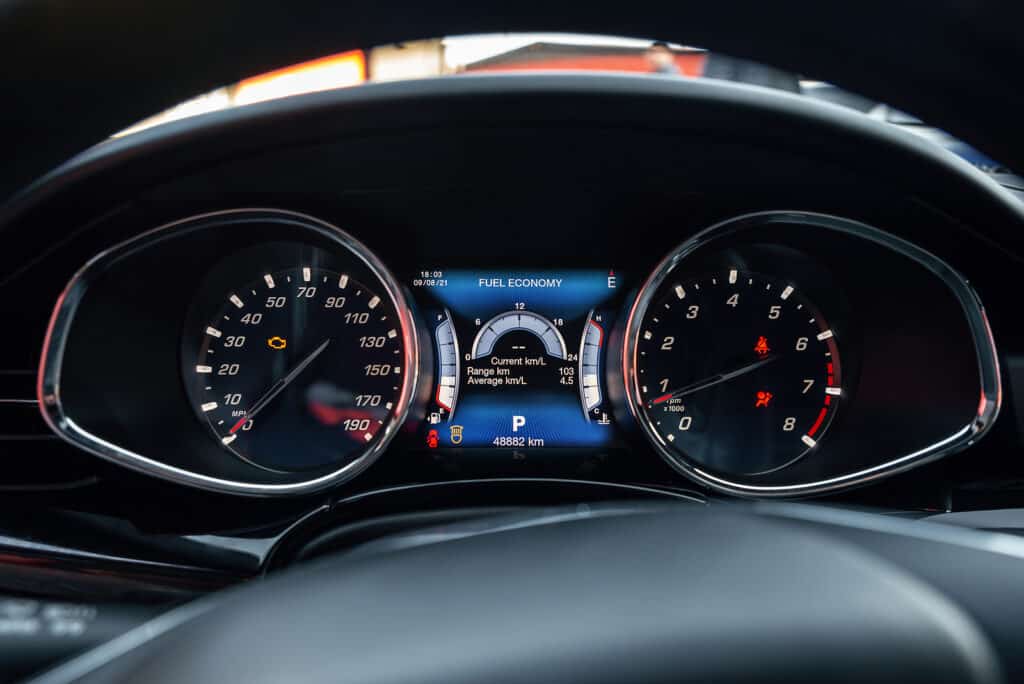
Trouble Steering
Steering is essential for ensuring your vehicle operates safely and keeps you on the road. If you start to notice issues with steering, you should address them immediately.
If your vehicle does not steer properly or you have trouble turning the wheel, try adjusting the steering fluid levels. However, deeper issues will require a more complex fix. Additionally, if the vehicle pulls in one direction, you may have an alignment issue or uneven wear on your tires. Generally, it is best to replace your tires every five to seven years, which is why they are one of the most commonly replaced parts on vehicles.
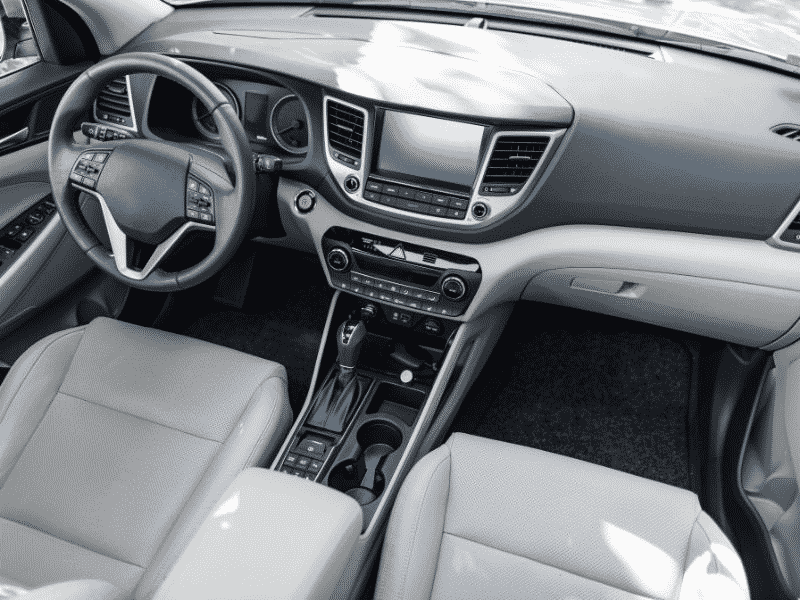
Common Signs of Wear on Your Older Vehicle
Owning an older car has its perks and downfalls, but don’t let everyday wear and tear stop you from getting it back on the road. Hopefully, these three common signs of wear on your older vehicle will help you diagnose the issue. If you can self-diagnose the problem and have confidence in your skills to fix it, you may save some money by purchasing the parts and completing the repairs on your own. However, there is no shame in taking your vehicle to the shop if you feel the need to do so.
Read more – 4 Tips for Talking With Your Car Mechanic


